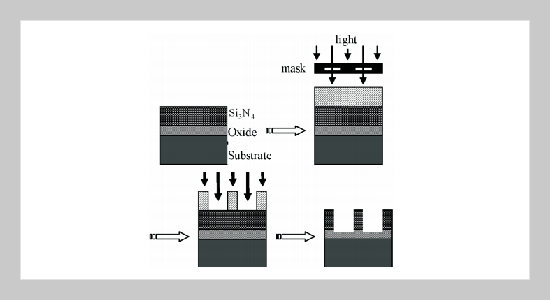Chih-Wei Tsai This email address is being protected from spambots. You need JavaScript enabled to view it.1, Lee-Ing Tong1 and Chung-Ho Wang2 1Department of Industrial Engineering and Management, National Chiao Tung University, Hsinchu, Taiwan 300, R.O.C.
2Department of Power Vehicle and System Engineering, Chung Cheng Institute of Technology, National Defense University, Taoyuan, Taiwan 335, R.O.C.
Received:
November 6, 2007
Accepted:
April 25, 2008
Publication Date:
June 1, 2010
Download Citation:
||https://doi.org/10.6180/jase.2010.13.2.10
Multiple responses must usually be considered when designing or developing complex products/processes. Therefore, simultaneously optimizing multiple responses is of priority concern for manufacturers hoping to gain a competitive advantage. Design of experiments (DOE) is extensively adopted in industry for determining an optimal parameter-setting or enhancing product quality. However, DOE can only be applied to optimize a single response. Moreover, when using DOE to identify the most significant factors in optimizing a single response, the optimal parameter setting for continuous factors can be determined by using the response surface methodology (RSM). The number of response surfaces increases with an increasing number of responses. Consequently, the trade-off between numerous response surfaces simultaneously is complex. Restated, determining the optimal parameter-setting is a complex task when numerous responses must be considered simultaneously. Thus, this study presents a novel optimization procedure for multiple responses by using data envelopment analysis (DEA), which can efficiently analyze data with multiple inputs and multiple outputs, and RSM. By combining DEA and RSM, the proposed procedure optimizes multiple responses simultaneously, and overcomes the limitations of RSM when dealing with a large number of responses. An experiment involving an etching process demonstrates the effectiveness of the proposed procedure.ABSTRACT
Keywords:
Optimization, Multiple Responses, Data Envelopment Analysis, Response Surface Methodology, Design of Experiments
REFERENCES
















